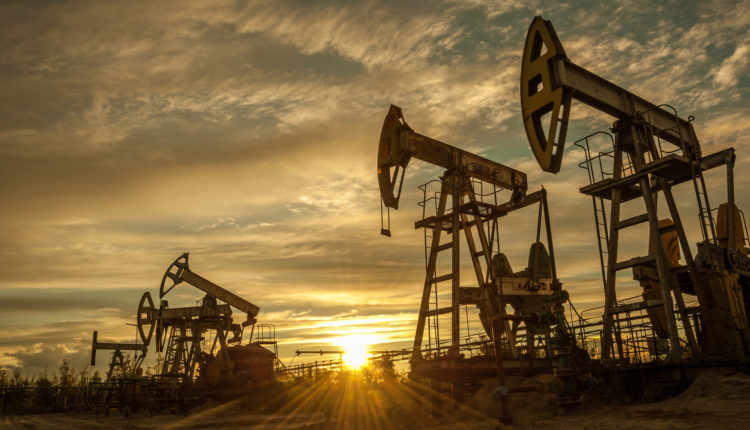
Fossil Fuels, Futuristic Tech: How the Oil Industry is Digitizing
Digitalization is catapulting its way through the workforce, impacting every sector from security to marketing. Yet, until recently, one sector has remained stoically the same: the oil industry.
Now, even one of America’s oldest businesses is catching up with the hype. But how can technology and oil work together for greater results? You might be surprised at the answers.
Contents
Analytics
The use of analytics may be one of the opportunities pro-digital fans are most excited about within the oil industry. They have every reason to be excited: the amount of data oil industries must sift through continually grows, with the information today expected to double within two years.
Consequently, making sense of all the information is much easier with a business analyst, who can track, compare, store and manage the data to find patterns. It even helps with model creations and maximum potential.
In making sense of this growing amount of information, the business thrives.
The Internet of Things
Having a network of mobile devices that can sync with each other, sharing and sending information, is a priceless addition to the oil and gas industry if it’s initiated properly.
Today’s expectancies regarding the price of oil are forcing companies to reduce costs and increase efficiency. IoT may be the answer.
With IoT, time, labor and communication are optimized.
Consider offshore projects. They generate about two terabytes of time-sensitive data per day, which takes 12 days to get shared via satellite to a central repository.
Obviously, time is shortened considerably with the integration of IoT. However, it also encourages remote positions, which cuts on-site labor costs. Teams located around the world can work together online to prepare for a project, meaning on-site workers are only sent out when everything is prepared.
In fact, implementing IoT could increase the market value over $800 billion in the next ten years.
Machine Learning
It’s one of the most frightening aspects of the digital age to many in the oil industry, but machine learning has the potential to affect just about everything in the sector.
Machine learning can let operators know how deep they need to drill and where, making it useful in oil well testing and even drilling itself. Sensors can help guide the machinery when drilling horizontally, avoiding rocks that could damage equipment and other hazards.
Machines can even analyze issues to determine if they are false alarms, which saves time and money spent on engineering teams.
These are only a few ways the digital age affects the machines, and it’s easy to see how these changes affect everything else.
Robotics
Similar to machine learning, robotics eliminates the need for workers in dangerous situations.
The Iron Roughneck is one of the most popular robots in the industry. It automates the steps for connecting drill pipes in ocean water and oil-bearing rock, drastically improving safety for works on the oil rig.
Although these robots eliminate jobs, their value in increasing efficiency and safety is beneficial to the oil and gas sectors.
Digital Growth in the Oil Industry
From using Cloud services to employing digital robotics, the oil industry can reap the advantages of the digital age.
But businesses aren’t the only ones making out like bandits. Want in on the hype? Check out our 10 smartphone hacks that will make your life that much easier.
You don’t have to be in the rig to benefit from the digital world.


Comments are closed.